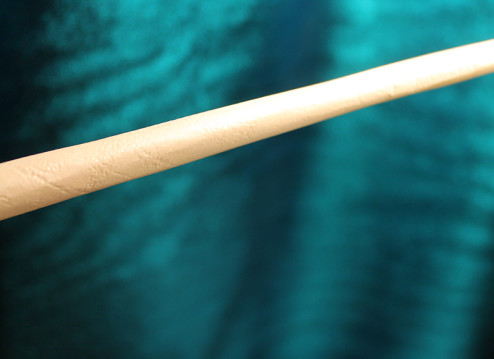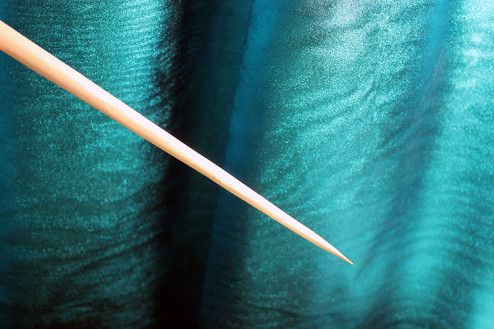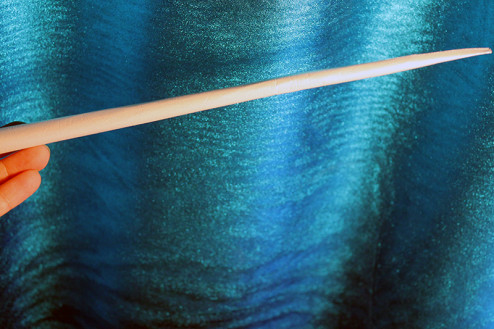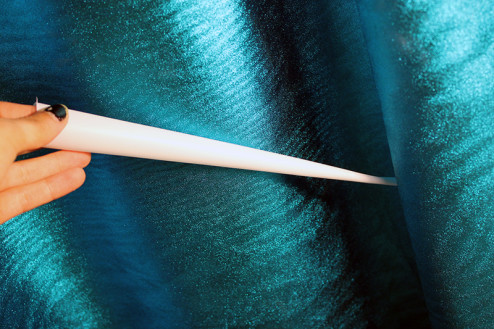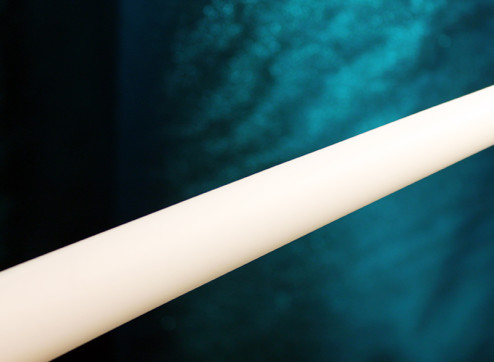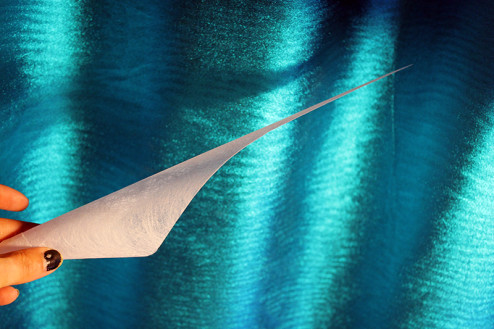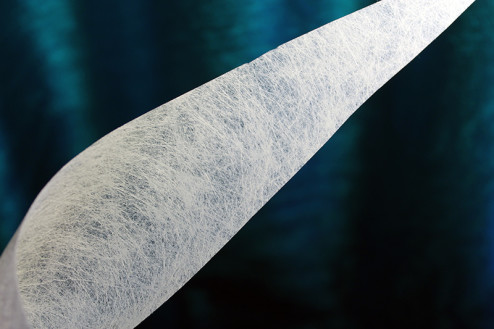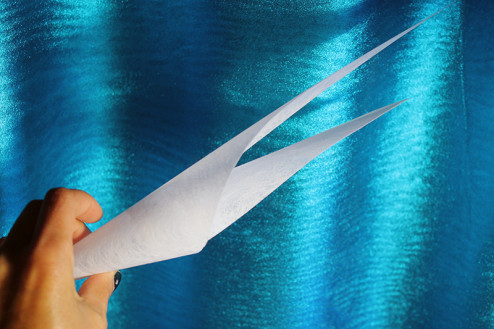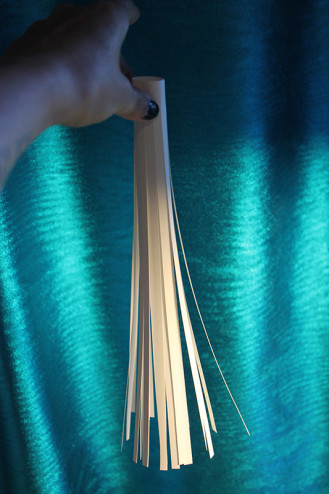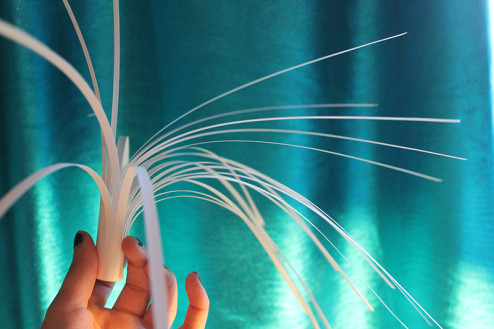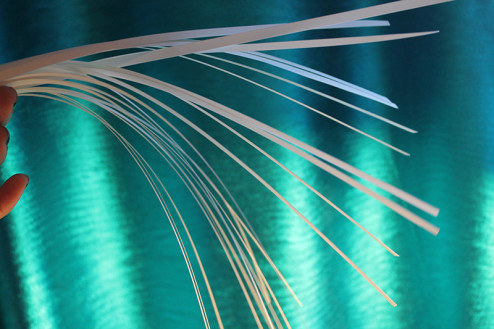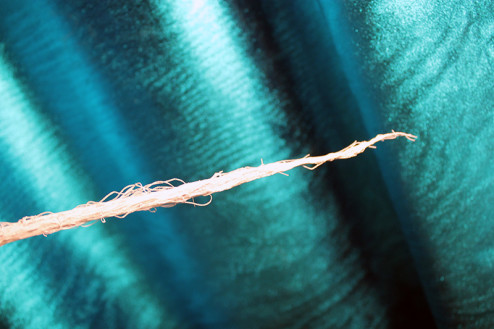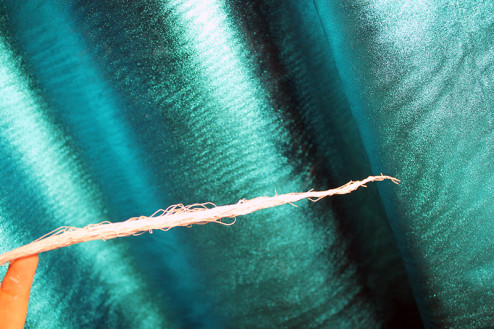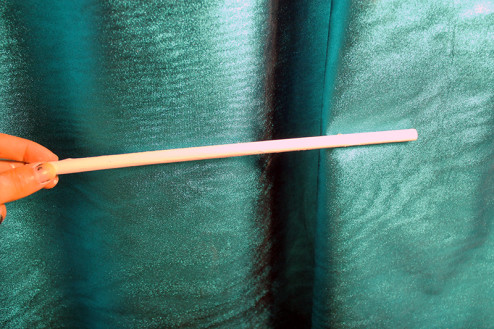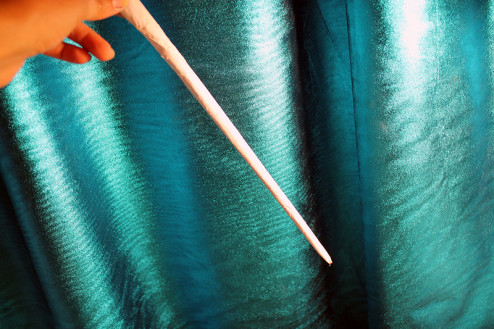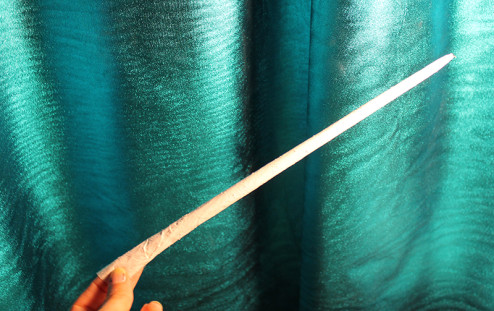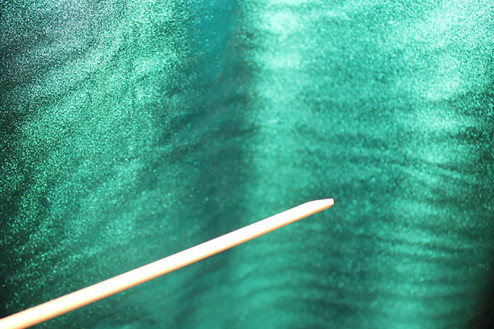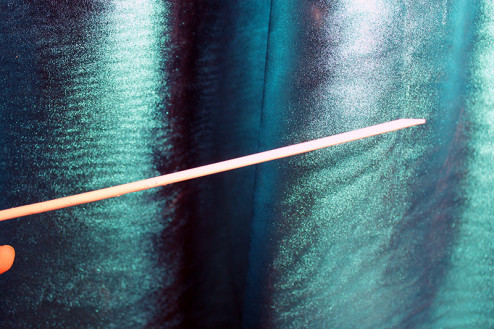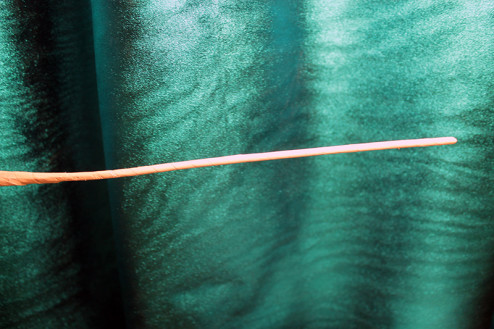The Porcupine Quill Experiments
Below are some quill samples I have been playing around with for the past week. Once we decide what kind of shape + material we like for the quills, I’ll start playing around this week with some multiple quill constructions. So let me know your top choices (1 – 3) and I’ll use those in some tests for round 2 unless you think they are all a step in the wrong direction in which case I’ll go back to the drawing board with more coffee ^_^
1. Glossy Paper Spike – This is a spike that can be made into any size that uses a glossy-look slightly off-white paper (can be painted for white) joined with super strength glue. Other papers / materials can be used for this shape. The material is opaque.
Pros: Has a unicorn-looking aesthetic. Is opaque.
Cons: Off-white color might not match rest of ensemble (but could be painted to do so I think).
2. Plastic-feel Paper Spike – This is a spike that can be made into any size that uses a spooky semi-translucent plastic paper joined with super strength glue. Other papers / materials can be used for this shape.
Pros: Might match the material of the neck piece better than other papers. Looks cool.
Cons: Semi-translucence may be an issue if opacity is for whatever reason desire (for example if there is a lot of hardware that needs to go into the spikes and be concealed).
3. Tapered Woven Material (Open Spike) – This is an alternative spike design that has a slightly more futuristic look. It can be made of any material but works well with this material due to its density.
Pros: Futuristic “hard spike” look.
Cons: Might be too dissimilar from porcupine quills / not sure how much that matters.
4. Spike Pom – This is a pom made up of slashed paper folded into a tube. The paper could also be tapered at the end if more of a pointed spike vs. flat spike is desired.
Pros: Easy to make, has a lot of “volume” and is light weight. Can be made with any material.
Cons: Doesn’t look particularly “rigid” in the same way other spike designs do.
5. Painted + Coated Synthetic Hair – This was my “what would happen if I____” moment and I’m not sure what to think about it but wanted to share. As actual porcupine quills are made of the same material as hair (keratin) I got to wondering if you could make a “weave spike.” Maybe round #1 wasn’t a success but it does look super weird. I also did a glitter edition because wtf not?
Pros: Looks creepy, mimics material of actual porcupine quills.
Cons: Doesn’t look very minimal / clean although maybe with further experimentation it could be cleaned up a good deal.
6. Painted 90 lb. Paper – This is a simple rolled 90 lb. paper that is painted. More of a “tube” quill.
Pros: Material is super cheap and easily available, this is the easiest quill to make of the bunch.
Cons: Doesn’t have a tapered end like the other spikes so it looks a little less like a quill.
7. Painted Thai Paper – This is a light-weight thai paper that has been painted to be stark white. When not painted the paper has a texture that looks very “woodsy” and is transparent (see rolled paper below image).
Pros: VERY light weight
Cons: Looks a little sloppy first time around due to the fiber in the paper. There may be a way to get the paper to be less coarse or to find a similar thai paper that does not have all the inclusions that make it “bumpy.”
8. Wooden Dowel with Tapered End – This is a simple wooden dowel with a pointed edge that has been painted.
Pros: Easy to make, VERY rigid, less ephemeral (can withstand more street art experiments).
Cons: Slightly heavier than the heavy weight papers.
9. Floral Wire Armature – This is an armature of floral wire bound in floral tape and painted.
Pros: Can be bent into all kinds of shapes. Is rigid and less ephemeral.
Cons: Heavier than the other options but still not super heavy.

